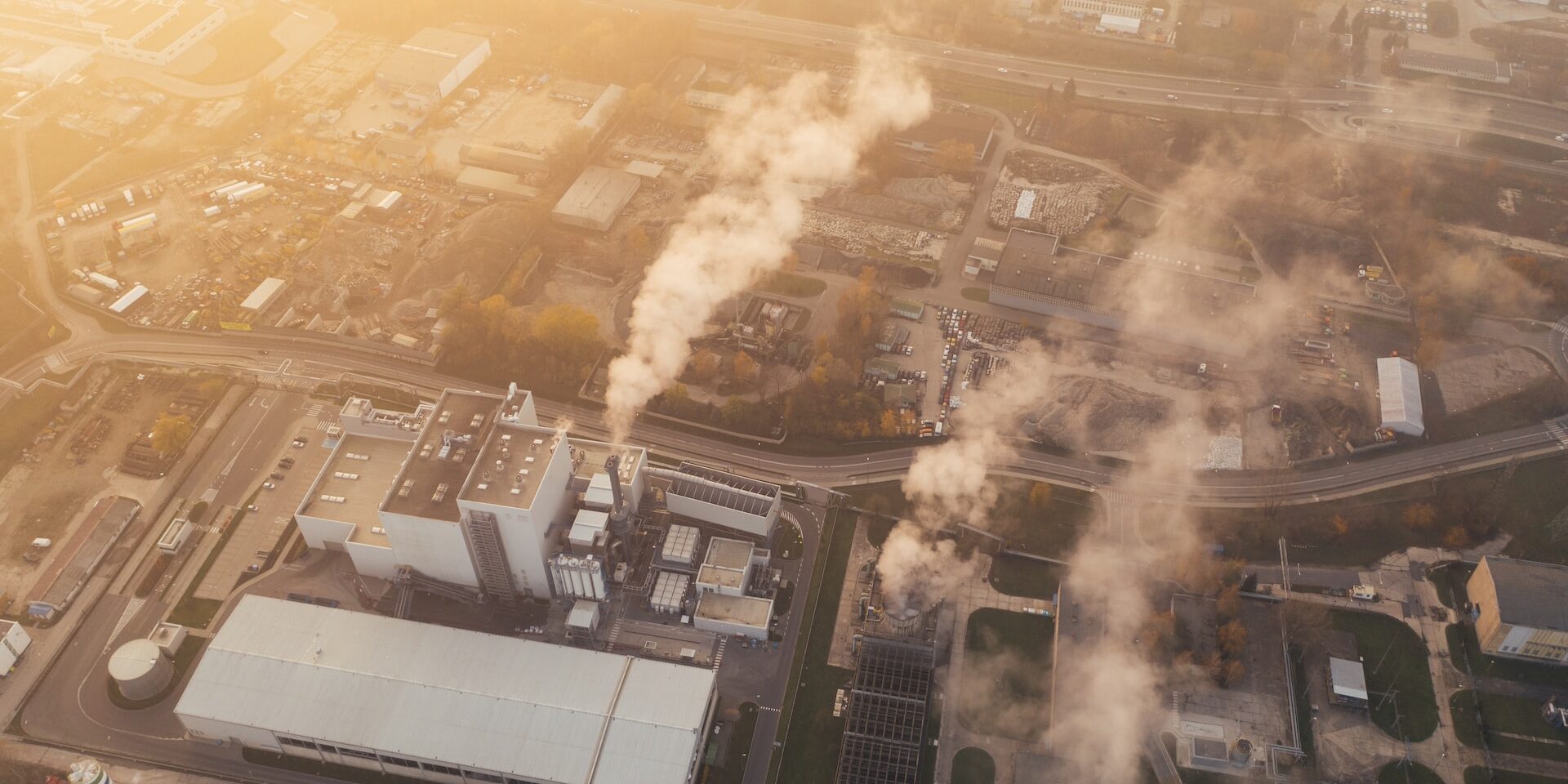Climate change presents significant challenges to global supply chains, affecting operations, resource availability, and customer expectations. Supply chain managers must recognize the urgency of addressing climate-related risks and proactively integrate sustainability and resilience into their strategies. By implementing risk management practices, embracing sustainable technologies, diversifying sourcing, and fostering collaboration, supply chains can mitigate the impact of climate change, ensure continuity of operations, and contribute to a more sustainable and resilient future.
Increased Disruptions and Supply Chain Risks
Climate change is intensifying the frequency and severity of extreme weather events, such as hurricanes, floods, wildfires, and droughts. These events disrupt transportation, damage infrastructure, and affect the availability of raw materials, leading to supply chain disruptions and delays.
According to a report by the World Economic Forum, weather-related events accounted for 35% of disruptions to global supply chains in 2020. Increasingly volatile weather patterns due to climate change amplify the risks faced by supply chains, necessitating robust risk management strategies.
Resource Scarcity and Resilience Challenges
Climate change impacts the availability and affordability of natural resources, including water, energy, and raw materials. Rising temperatures, changing precipitation patterns, and increased competition for resources create challenges for supply chains, particularly in industries reliant on water-intensive processes or resource extraction.
The United Nations estimates that by 2030, demand for water will exceed supply by 40%. Resource scarcity can disrupt production, increase costs, and require supply chains to develop resilience strategies, such as alternative sourcing, water conservation measures, and renewable energy adoption.
Shifting Geographic Patterns and Supply Chain Redesign
Climate change alters geographic patterns, affecting the suitability of certain regions for agricultural production, manufacturing, and transportation. As temperature and rainfall patterns shift, supply chains must adapt to changing conditions and redesign their networks.
The International Panel on Climate Change (IPCC) projects that by 2050, global agricultural productivity could decrease by 2% per decade due to climate change impacts. Such changes may require supply chains to diversify sourcing locations, explore new transportation routes, and adjust production strategies to maintain operational efficiency.
Regulatory and Consumer Pressures for Sustainability
Climate change awareness has fueled regulatory initiatives and consumer demands for sustainable practices. Governments are implementing policies to reduce greenhouse gas emissions, promote renewable energy, and enforce environmental regulations. Consumers increasingly expect businesses to demonstrate environmental responsibility throughout their supply chains.
According to a survey by Accenture, 83% of consumers in North America and Europe believe that it is important for companies to design products and services with sustainability in mind. Supply chains must integrate sustainability practices, reduce carbon emissions, and implement environmentally friendly technologies to align with evolving regulatory and consumer expectations.
Collaboration and Resilient Partnerships
The complex challenges posed by climate change require collaborative efforts and resilient partnerships across supply chains. Collaboration among suppliers, customers, and other stakeholders enhances transparency, knowledge sharing, and the development of innovative solutions to address climate-related risks.
Initiatives such as the Science-Based Targets (SBT) initiative and the United Nations Global Compact encourage companies to collaborate and set ambitious climate-related targets. By working together, supply chains can develop resilient strategies, build adaptive capacity, and collectively address the challenges posed by climate change.







